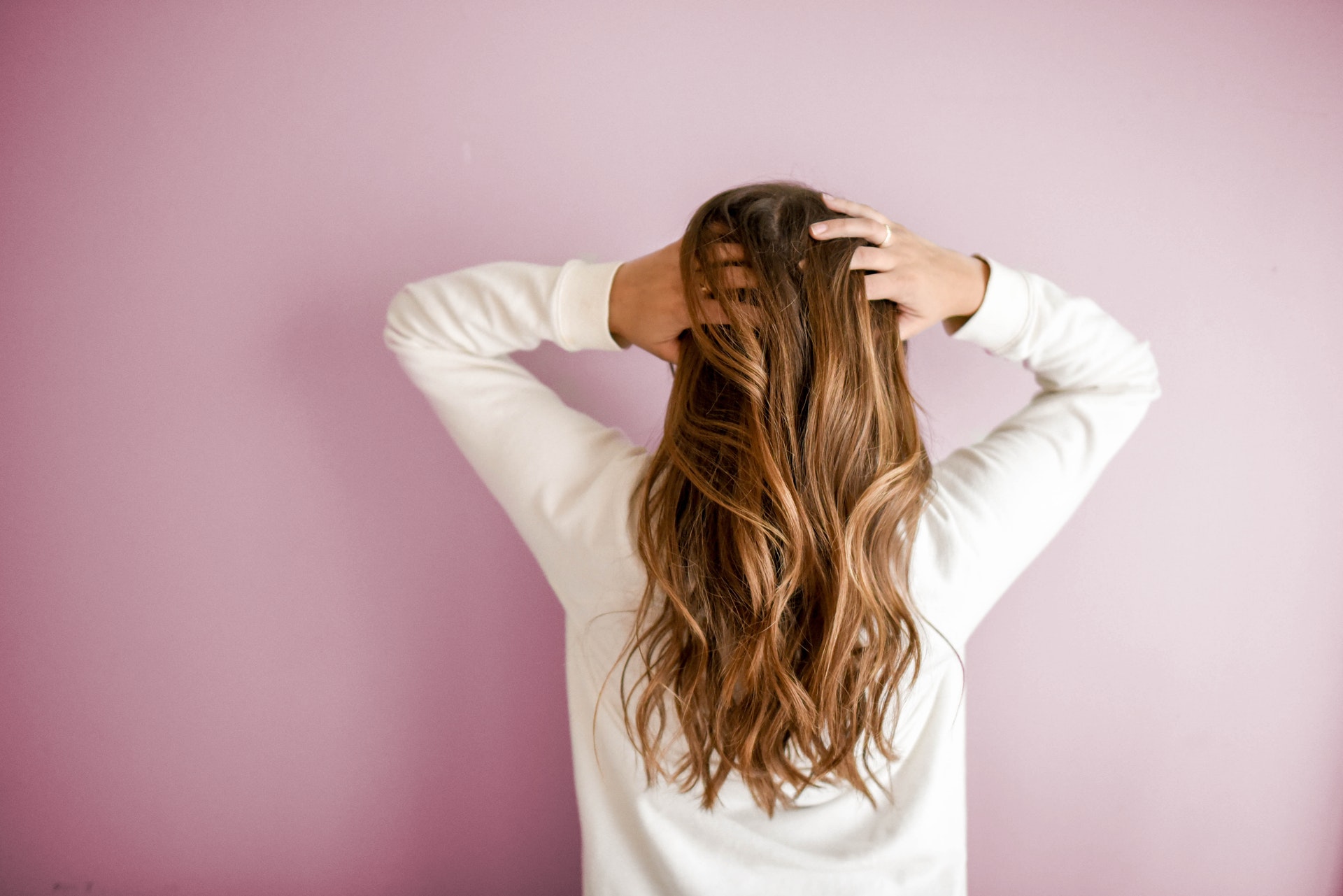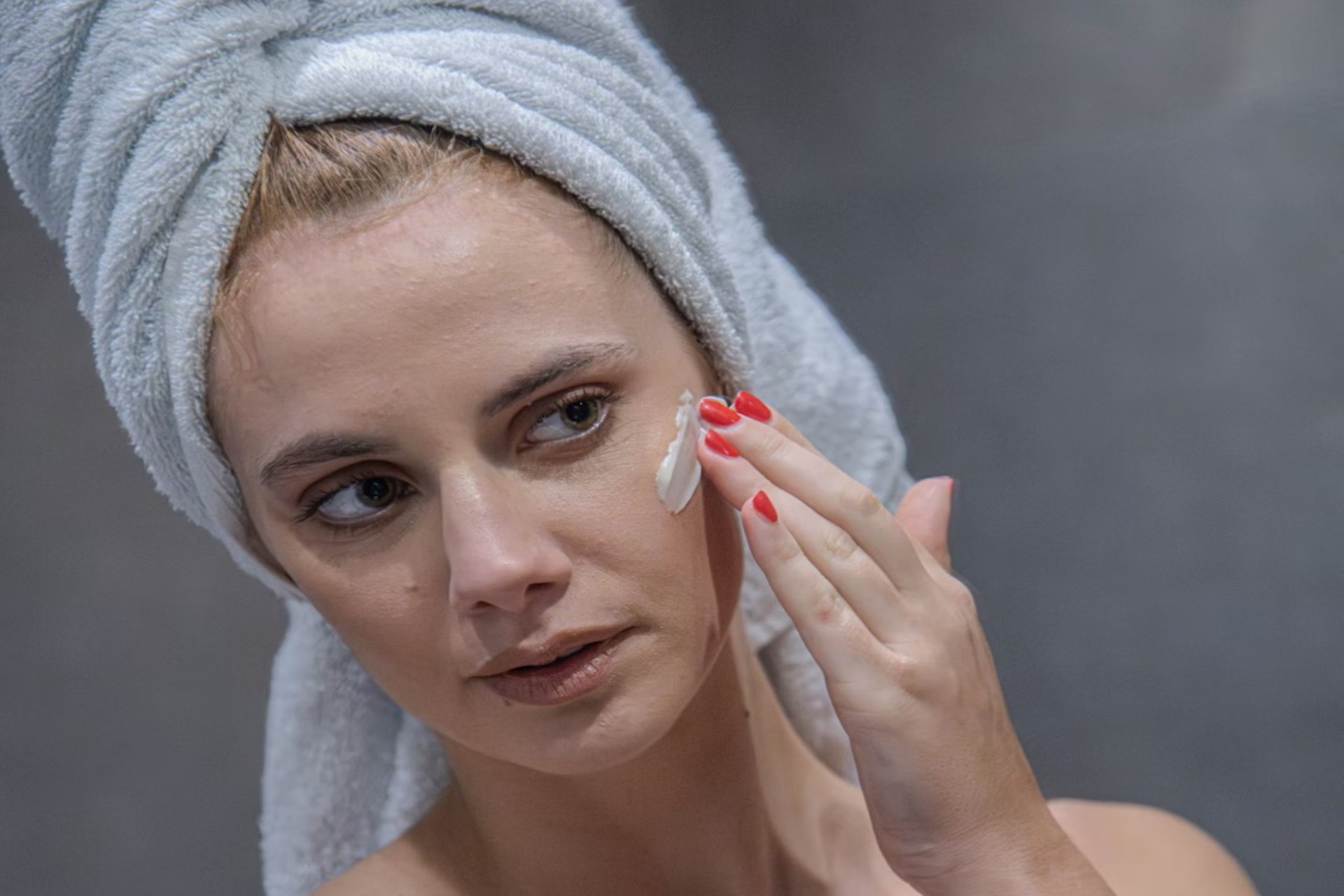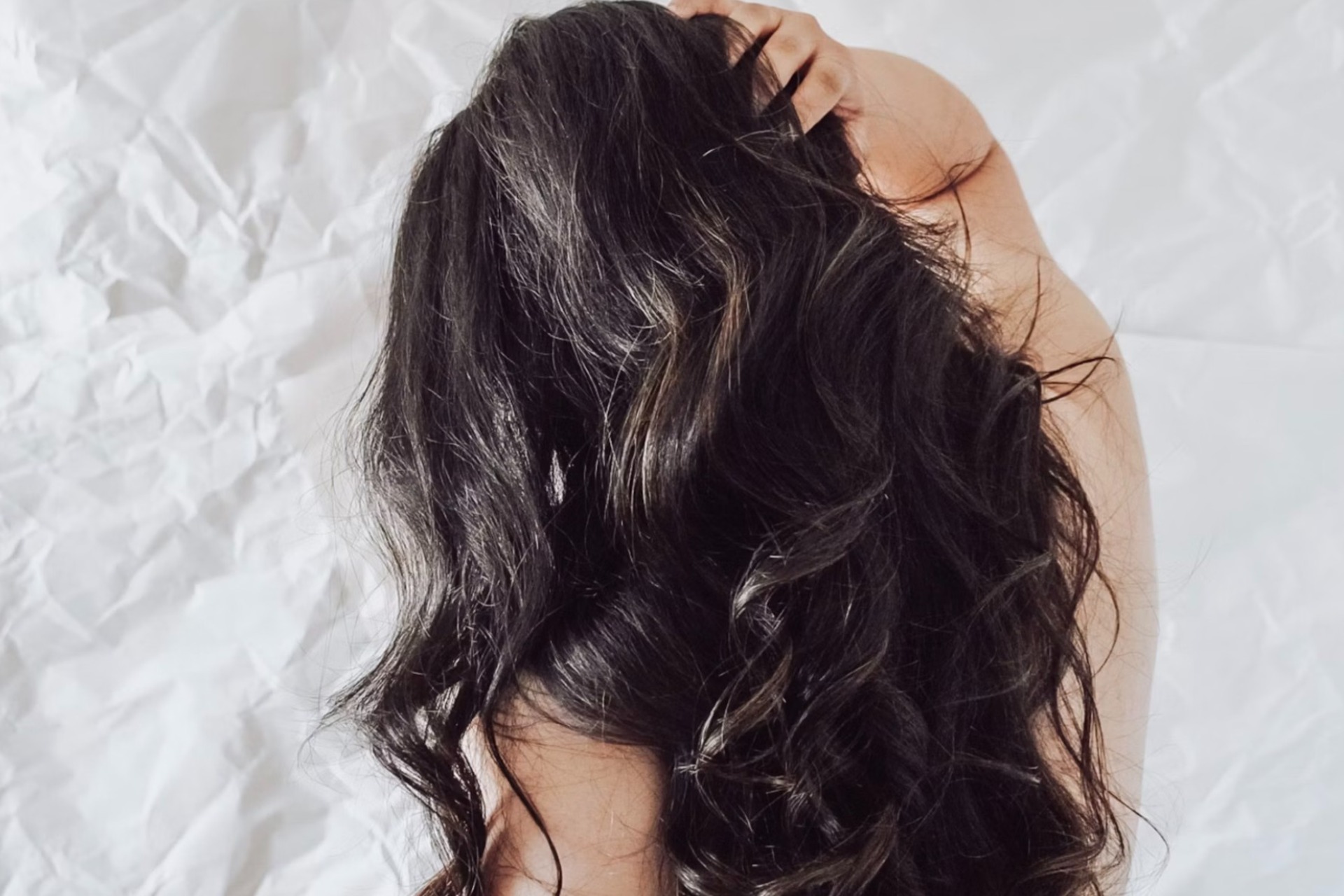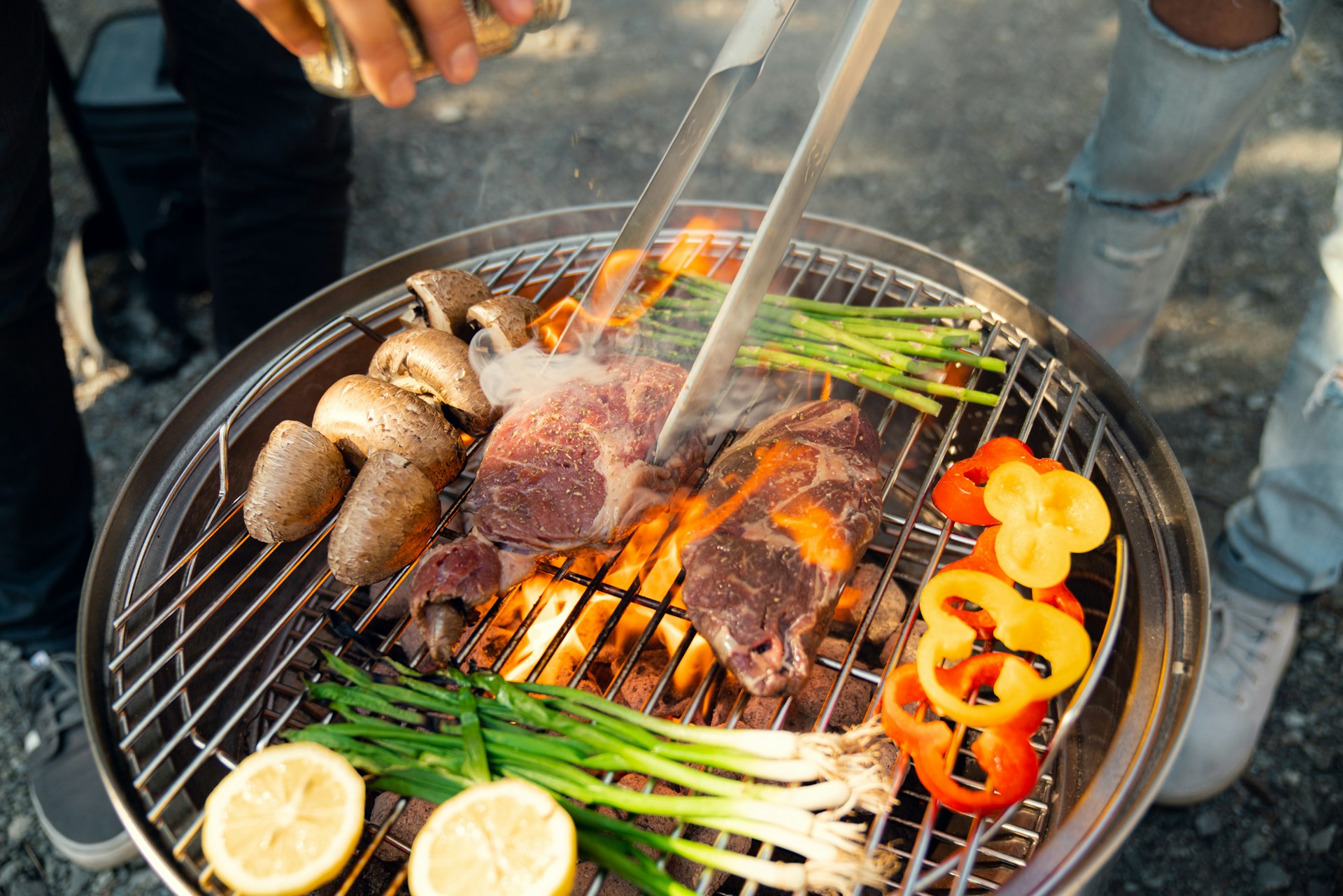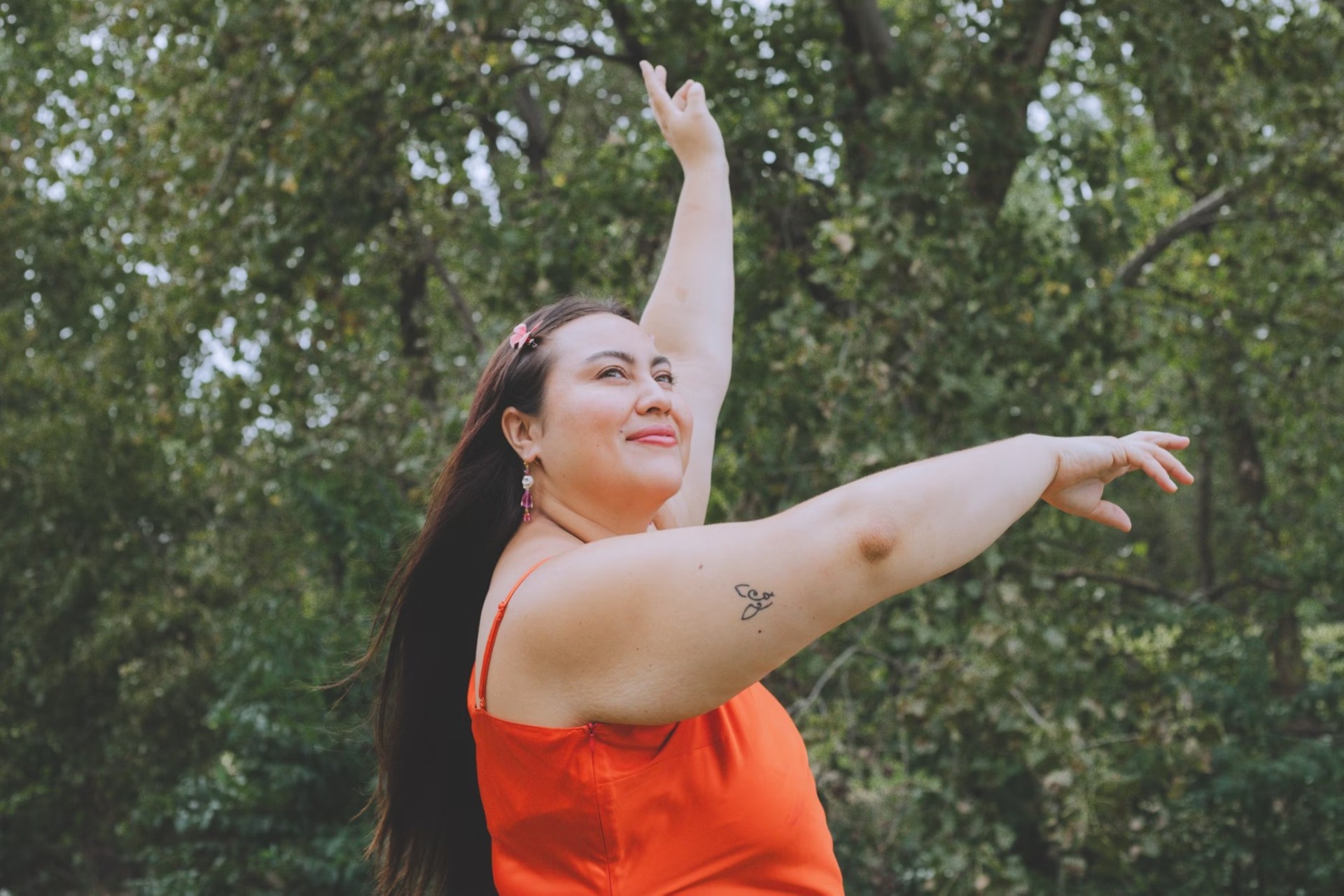When your skin feels like it’s on fire from a long run, a beach walk or just a humid afternoon — chafing isn’t just annoying. It hurts. And for many people, it shows up in the same frustrating places, like thighs, underarms, chest, groin and anywhere skin rubs against skin or fabric.
Whether you’re chasing toddlers, hiking mountains or just trying to get through a sweaty commute, here’s how to stop chafing before it starts — and how to treat it when it does.
Table of Contents
What Causes Chafing?
How to Treat Chafed Skin
How to Prevent Chafing Before It Starts
Top Anti-Chafing Products Compared
Targeted Chafing Care for Different Body Areas
Long-Term Prevention Tips to Keep Skin Chafe-Free
More Questions About Chafing Prevention
What Causes Chafing?
Chafing happens when skin rubs against skin, fabric or rough seams repeatedly, especially in the presence of moisture and heat. That friction breaks down your skin’s protective barrier, leading to redness, stinging, blisters or raw patches. It’s most common on the inner thighs, under the breasts, around the groin, between the buttocks and under the arms.
Active people, those in warm climates or anyone wearing tight or damp clothing are especially prone to it. Add sweat, movement or sensitive skin into the mix, and the irritation escalates quickly. With 71% of adults experiencing sensitive skin, daily care is essential to head off rubbing and chafing. Another nasty side effect of rubbing is post-inflammatory hyperpigmentation of affected areas, which happens when skin is repeatedly damaged, causing darkening, which can become unsightly.
How to Treat Chafed Skin
If you’re already dealing with the sting, gently wash the area with lukewarm water and a fragrance-free soap. You may also want to change your water filter to eliminate chlorine, which can lead to skin rash and irritation.
Avoid scrubbing or exfoliating — your skin is already inflamed. After patting it dry, apply a healing ointment or thick cream that helps protect and soothe raw skin. Products containing natural elements like zinc oxide address antibiotic-resistant healing challenges, while lanolin, aloe or petrolatum are ideal for forming a barrier and kickstarting your skin’s natural repair processes.
Keep the affected area uncovered or in loose, breathable clothing whenever possible to allow airflow. Take a break from workouts or activities that worsen the irritation. And if the skin starts to ooze, swell or feel hot to the touch, you might be dealing with an infection — in that case, reach out to your healthcare provider for medicated treatments.
How to Prevent Chafing Before It Starts
The easiest way to stop chafing is to get ahead of it. Dressing for your body and the weather is key. Choose fitted clothing that doesn’t bunch or ride up, and opt for breathable, moisture-wicking fabrics and cotton blends over 100% cotton, which tends to trap sweat. Technical gear designed for runners or hikers often includes smooth seams and antimicrobial properties, making them ideal even if you’re just walking the dog.
Adding a skin barrier before you move can work wonders. A swipe of anti-chafe balm, stick or petroleum jelly on inner thighs, underarms or anywhere you’re prone to rubbing helps prevent skin breakdown. For those who prefer powders, talc-free options that are less likely to cause cancers can help absorb sweat and reduce friction, particularly in areas like the groin or under the breasts.
Hydration also plays a role — it keeps your skin more resilient and may reduce excess sweating. If you’re in a hot, humid environment, take breaks to cool down and change out of damp clothes as soon as you can.
Top Anti-Chafing Products Compared
Here’s a quick comparison of some of the best chafing relief and prevention options available online and in stores:
ProductBest ForKey FeaturesBody Glide Original BalmRunning, all-day wearNon-greasy, long-lasting, invisible on skinAquaphor Healing OintmentHealing raw or blistered skinPetrolatum-based, ideal for overnight repairMELERIO Women’s Slip ShortsSkirts, dresses, casual daily wearBreathable, moisture-wicking, anti-chafe coverageGold Bond Friction DefenseOn-the-go useStick format, smooth glide, fragrance-freeMonistat Chafing Relief GelUnder-bust or bra line areasSilky gel-to-powder texture, doubles as a makeup primerMegababe Thigh RescueSensitive skin, daily preventionClean ingredients, nourishing oils, subtle scent
These options cover both prevention and recovery, from sticks and balms for everyday movement to thick ointments for serious skin damage.
Targeted Chafing Care for Different Body Areas
Everyone chafes differently and in unique places. Treating the specific area that rubs is core to quick recovery and comfort. Each area has different needs, so tailoring your prevention to the spot — and the activity — makes a difference.
If you sweat a lot during intense workouts, long-wear balms with ingredients like beeswax tend to hold up better than powders alone because they provide an occlusive sealing barrier that keeps skin hydrated. Avoid formulas with added fragrances or harsh preservatives for sensitive skin or allergies. A little trial and error may be needed but stick with it once you find what works.
The under-breast area is especially delicate and can quickly develop a yeast infection from the “chub rub” that overweight women tend to experience. DermTV explains how to deal with this uncomfortable situation and alleviate abrasion.
https://www.youtube.com/watch?v=OGymDSXHFqM&t=104s
Chafing is often a daily management issue rather than a one-time fix so consider these common places that rub and how to treat them.
Inner thighs: This is one of the most common areas for friction burn. Anti-chafe or stick balms like Body Glide and slip shorts are effective here. Breathable, compression-style shorts or biker shorts also help eliminate skin-to-skin contact while staying breathable.
Under breasts: Sweat and heat accumulate here fast, especially for those with larger busts — and wearing correctly fitting plus-sized bras is a must to eliminate movement and rubbing. A lightweight powder or powder-gel formulas, like Monistat Chafing Relief work well, especially paired with moisture-wicking bras made from technical fabrics.
Groin area: Choose seamless, fitted underwear made from modal, fast-drying or sweat-wicking fabric, which dries 50% faster for less risk of rubbing. Change underwear after sweating and consider applying a thin layer of balm or powder to prevent buildup.
Buttocks and crease area: Skin folds and prolonged sitting in heat can cause rubbing here. Use barrier creams and wear breathable fabrics — cotton isn’t your friend when damp.
Armpits: Use a gentle, aluminum-free deodorant and apply an anti-chafing balm if needed. Be mindful when shaving, as this can cause micro-abrasions that worsen chafing.
Long-Term Prevention Tips to Keep Skin Chafe-Free
Chronic chafing isn’t just a hot-weather or workout issue. If it happens often, building a long-term routine to reduce risk is worth it.
Start with daily care. After showering, make it a habit to moisturize areas prone to friction with a light lotion. Healthy skin is more resilient and less prone to breakdown. A natural solution like castor oil, rich in the fatty substance ricinoleic acid, is an ideal barrier ointment and treatment.
Audit your wardrobe and replace rough seams, loose-fitting clothing that bunches or materials that trap moisture. Invest in high-performance basics — think breathable undies, soft bras and seamless leggings.
For athletes or those in active jobs, layer protection into your routine just like sunscreen. Apply balm or powder before you even feel discomfort. And stay hydrated — well-hydrated skin handles friction better.
Finally, keep a travel-size balm in your bag or gym kit. Catching friction early means you can act fast — and skip the painful rash that follows.
More Questions About Chafing Prevention
Why Do I Chafe Even When I’m Not Exercising?
Chafing isn’t limited to workouts — it can happen during everyday activities like walking, running errands or sitting for long periods in warm, tight clothing. Sweat, body shape and friction from fabric are all contributing factors.
What’s the Fastest Way to Heal Chafed Skin?
The fastest route is rest, barrier ointments and letting the area breathe. Skip anything that could cause more friction, and apply a healing product like Aquaphor or zinc oxide cream several times daily.
Can Chafing Turn Into Something Serious?
Yes. If left untreated, chafing can break the skin and allow bacteria or fungi to enter, leading to infection. Signs include swelling, pus, spreading redness or a foul odor — all reasons to call a doctor.
Is Baby Powder Good for Chafing?
Some people use baby powder to reduce moisture and friction, but many prefer talc-free alternatives due to health concerns. Cornstarch-based powders or purpose-made anti-chafe powders are safer options.
Should I Stop Working out If I Have Chafing?
It depends on how severe it is. Light movement in breathable gear might be fine, but if you’re in pain or the skin is broken, it's best to rest and heal before resuming intense workouts.
Don’t Let Chafing Slow You Down
Chafing is incredibly common, especially for active people or those navigating warm, sweaty days. But just because it’s normal doesn’t mean you must tolerate it. With the right tools — breathable clothing, friction-fighting products and some prevention — you can stay comfortable no matter the season or situation. Your skin deserves better than friction burns. Protect it, soothe it and get back to moving pain-free.
Please share your chafing experiences and solutions on our social channels.

